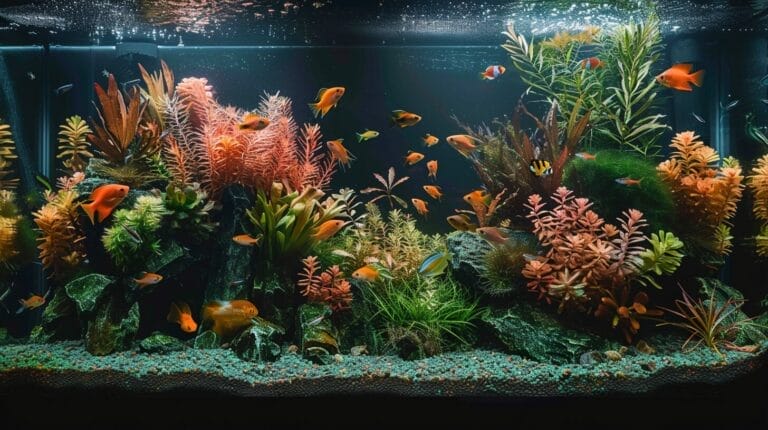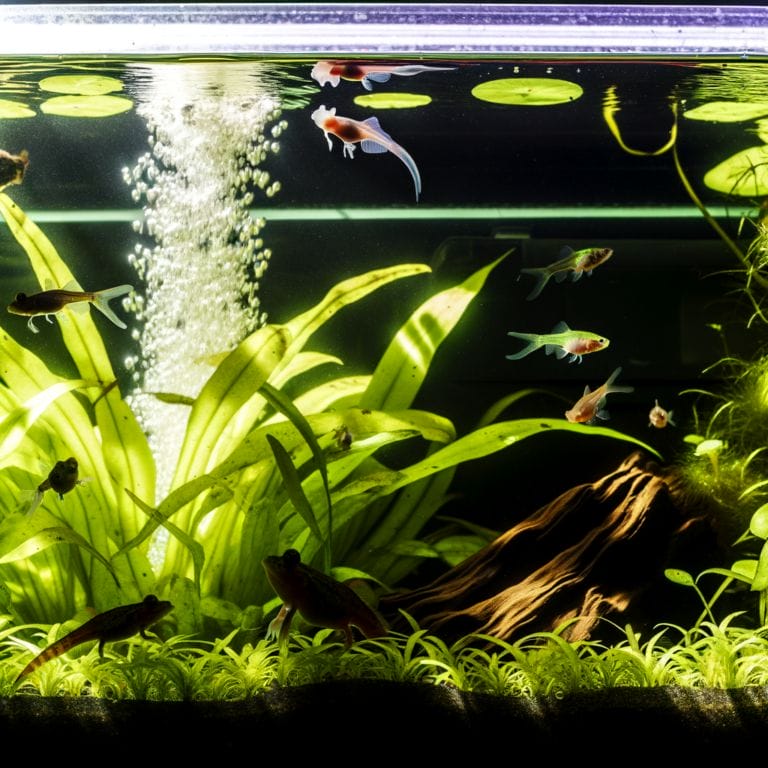Carbon Tanks Remove Water Impurities? Let’s Find Out
Can carbon tanks remove water impurities? Let’s go in an exploration of these filtration systems to unveil their efficacy in purifying water. Learn the science behind carbon filtration and its ability to remove contaminants, ensuring cleaner and safer water for various applications.
Whether it’s for drinking, aquariums, or industrial use, understanding the capabilities of carbon tanks is crucial for maintaining water quality and ensuring peace of mind.
Understanding Carbon Filters: An Introduction to Activated Carbon Filters
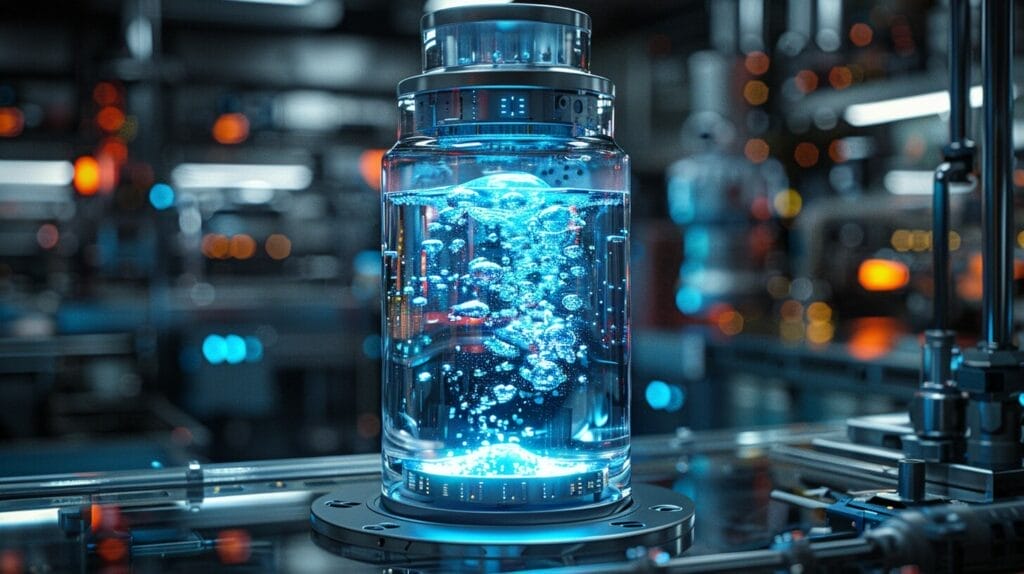
Activated carbon filters are crucial components in water treatment systems. They work through a process called adsorption, where contaminants in the water are attracted to the surface of the activated carbon. This porous structure traps pollutants such as chemicals, organic compounds, and sediments.
Water treatment plants often use these filters to purify drinking water by removing chlorine, chloramine, and other harmful substances. The process improves the taste and odor of the water and removes impurities like pesticides and volatile organic compounds. Thus, you can rest assured that the water you consume is of the highest quality.
Removing Contaminants: How Carbon Filters Remove Chlorine and Chloramine
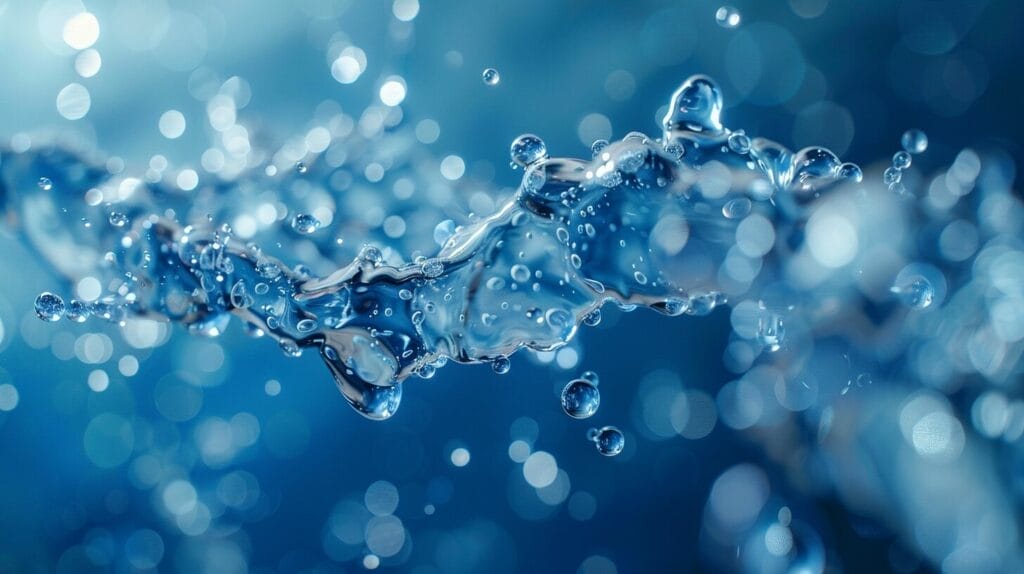
Carbon filters employ a chemical adsorption process to remove chlorine and chloramine from water. As water passes through, these molecules get trapped within the carbon’s pores, preventing them from continuing through the filtration system. This process effectively removes these common water contaminants, ensuring cleaner and safer water.
Carbon filters excel at removing chlorine, which is often used in water treatment to kill bacteria. They also effectively remove chloramine, a disinfectant composed of chlorine and ammonia. Apart from these, carbon filters can also target and remove other contaminants, providing cleaner and better-tasting water for your household needs.
Choosing the Right Carbon Filter: Considerations for Whole House Water Filters
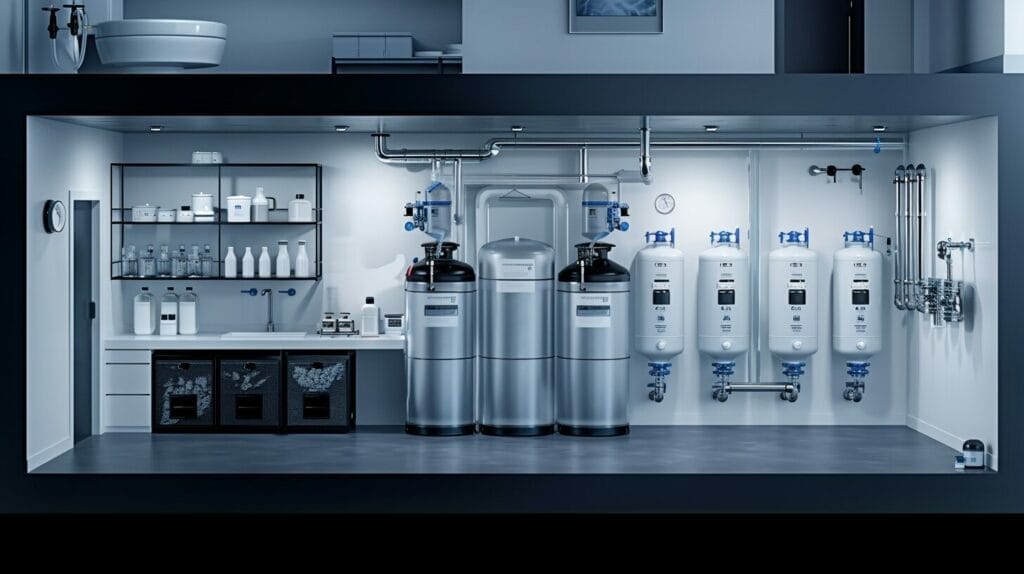
When selecting a carbon filter for your whole house water filtration system, consider the size of your household, the flow rate of your water system, and the level of contaminants in your water supply.
Activated carbon filters come in various forms, such as granular activated carbon (GAC) and carbon block filters. GAC filters are excellent for removing chlorine, sediment, and odors, while carbon block filters provide superior filtration for lead, volatile organic compounds (VOCs), and other chemicals.
Installation and Maintenance: How to Use a Carbon Filter to Treat Water

Considering the importance of maintaining your whole house water filtration system, understanding how to properly install and care for a carbon filter is key to ensuring clean and safe water throughout your home.
- Step-by-step Installation: Begin by shutting off the water supply, then locate the main water line and install the carbon filter in the direction of water flow. Make sure to follow the manufacturer’s instructions for best installation.
- Maintenance Tips: Regularly change the carbon block filters to maintain the quality of filtered water. This is crucial for removing contaminants in water and ensuring they do not linger in drinking water. Check for any leaks or unusual noises in the system to guarantee its proper functioning.
- Lifespan of Filter Media: Understand the lifespan of coconut shell carbon in your filter. Replacing it when necessary is vital for the efficiency of the filtration system. Regular water testing is important to determine when replacements are needed.
- Compatibility with Reverse Osmosis Systems: Ensure that your carbon filter is compatible with reverse osmosis systems for enhanced water purification.
Can Carbon Tanks Improve Water Quality in the Same Way as Water Conditioners?
Yes, carbon tanks can indeed improve water quality in tank just like water conditioners. Both methods effectively remove impurities such as chlorine and heavy metals, leading to cleaner and healthier water for aquatic species. By utilizing carbon tanks, hobbyists can maintain optimal tank conditions and promote the well-being of their fish and plants.
Advanced Insights: Activated Carbon Filters Remove Naturally Occurring Elements
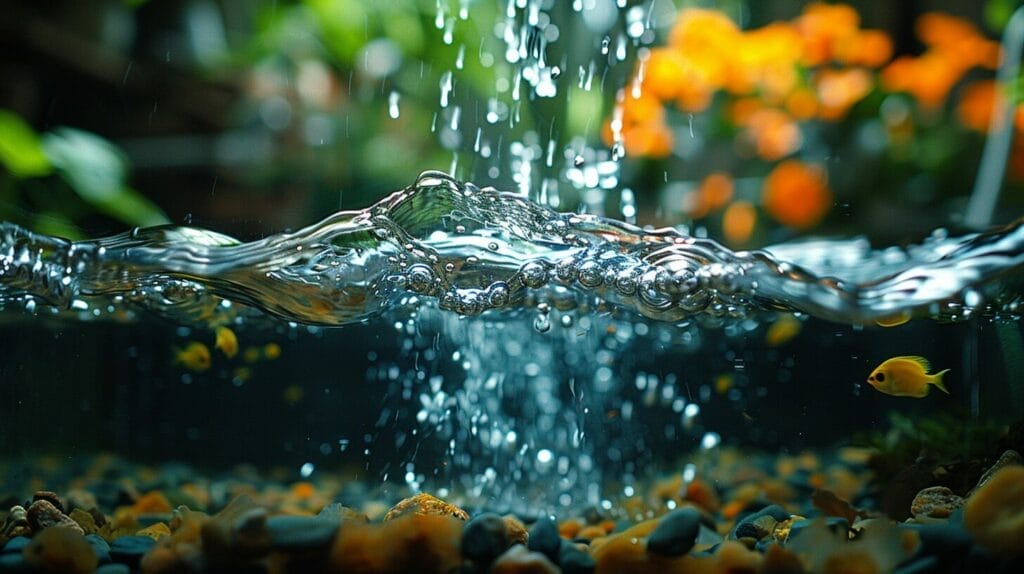
Activated carbon filters effectively eliminate naturally occurring elements from water sources, such as volatile organic compounds (VOCs), chlorine byproducts, and unpleasant odors. GAC filters contain loose granular carbon, enhancing the elimination process.
However, they have limitations when it comes to removing minerals and salts. The filtration efficiency can be influenced by water temperature and pH levels. By understanding these dynamics, you can maximize your activated carbon filter system’s effectiveness and enjoy cleaner, healthier water.
Conclusion
You now understand how carbon filters operate to eliminate impurities like chlorine and chloramine from water. By selecting the appropriate filter and correctly installing and upkeeping it, you can appreciate cleaner, healthier water throughout your home.
Activated carbon filters are a straightforward yet efficient solution for enhancing water quality and eliminating harmful contaminants. Make sure to take into account your specific needs and preferences when choosing a carbon filter for your home, especially if you’re concerned about specific contaminants in water or the need for water softeners.
Frequently Asked Questions
Can carbon tanks effectively remove water impurities?
Yes, carbon filtration is a widely used method to remove contaminants from water, including those that dissolve and adhere to carbon. The activated carbon in tanks absorbs impurities, improving taste and smell.
How do carbon water filters work?
Carbon water filters, like charcoal filters, contain granules of activated carbon that trap impurities as water flows through them. The contaminants adhere to the carbon, leaving cleaner water. This illustrates the critical interaction between the water to flow over the carbon and the contaminants that dissolve and are then trapped.
What are some common uses of catalytic carbon in water treatment?
Catalytic carbon is often used in residential water treatment methods to remove chlorine, chloride, heavy metals, and pharmaceutical byproducts from water.
Do activated carbon filters work for all types of water systems?
Activated carbon filters are versatile and can be used in different water systems such as faucets, water dispensers, showers, and whole-house filtration systems.
How do charcoal filters improve water quality?
Charcoal filters, containing activated carbon, have a large surface area that effectively removes solid impurities, bad tastes, and odors from the water, providing cleaner and better-tasting water.




